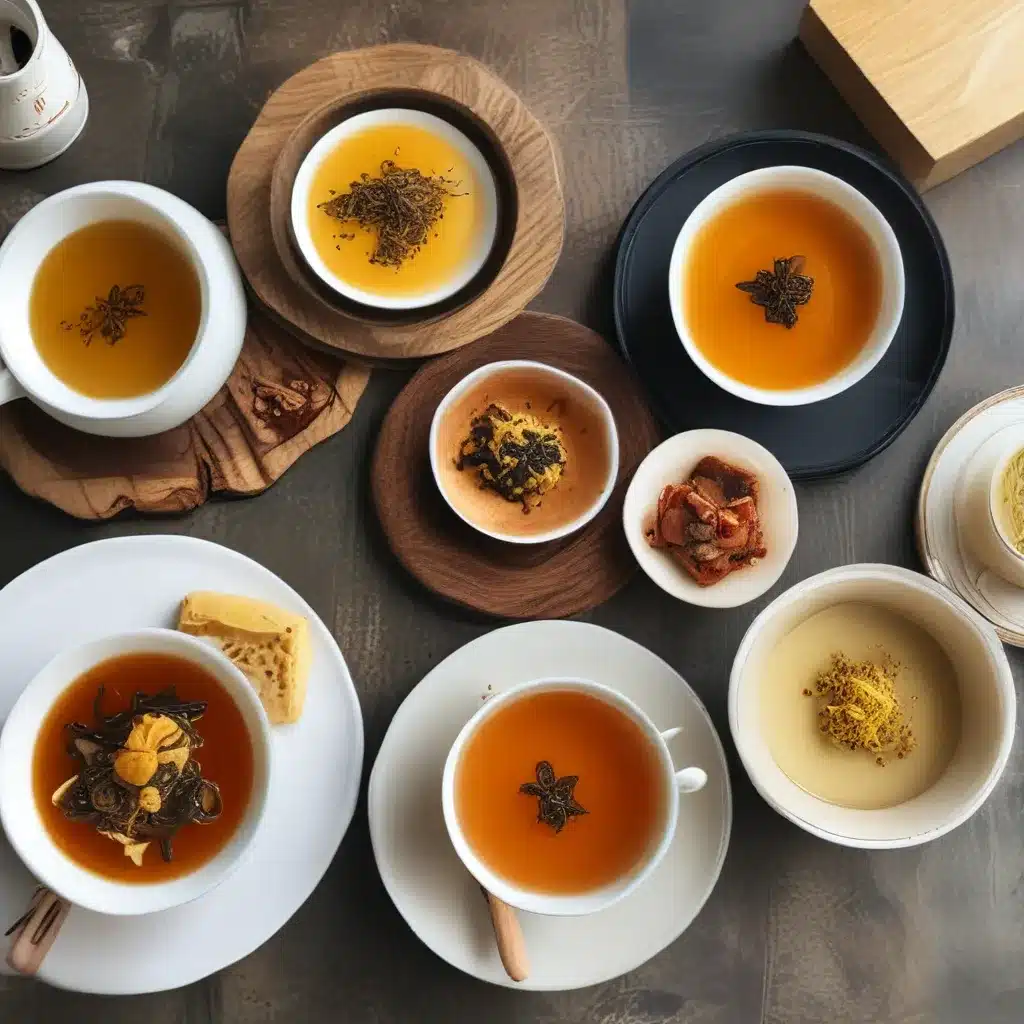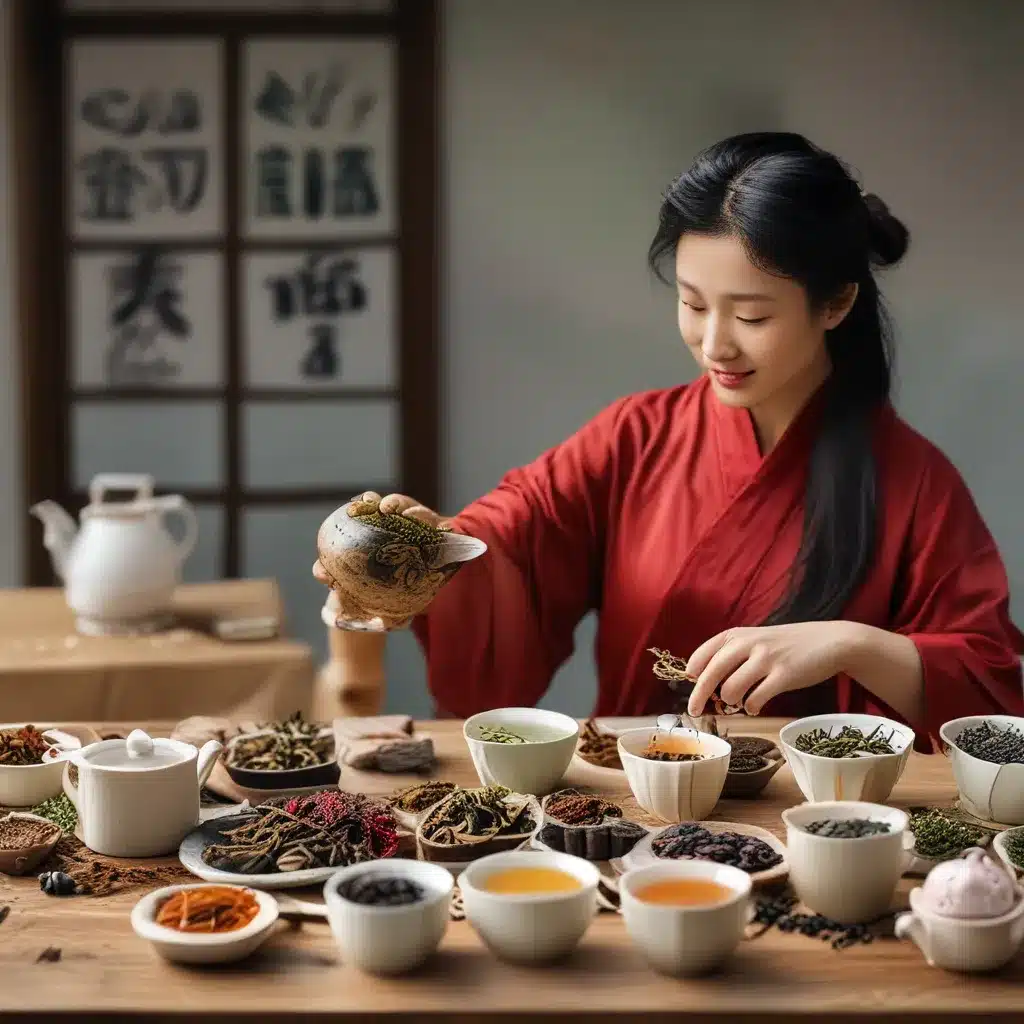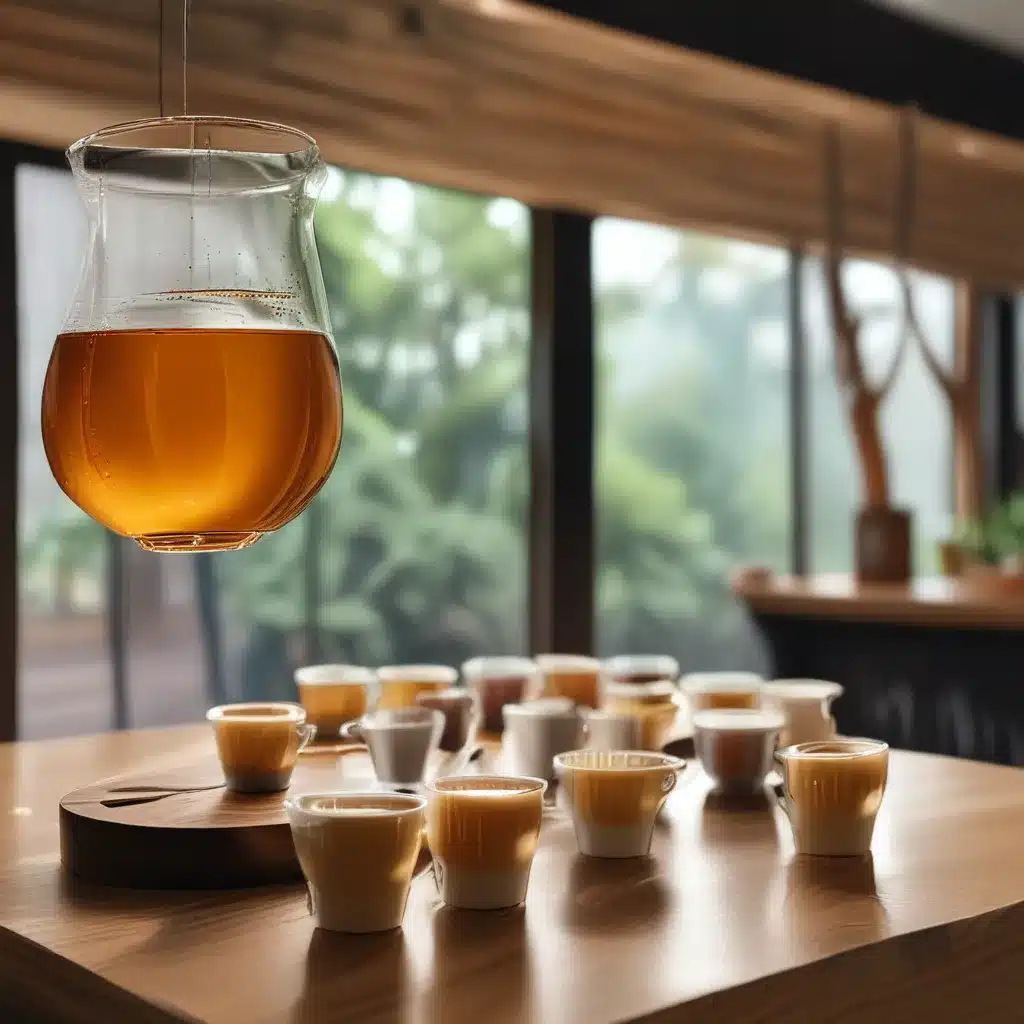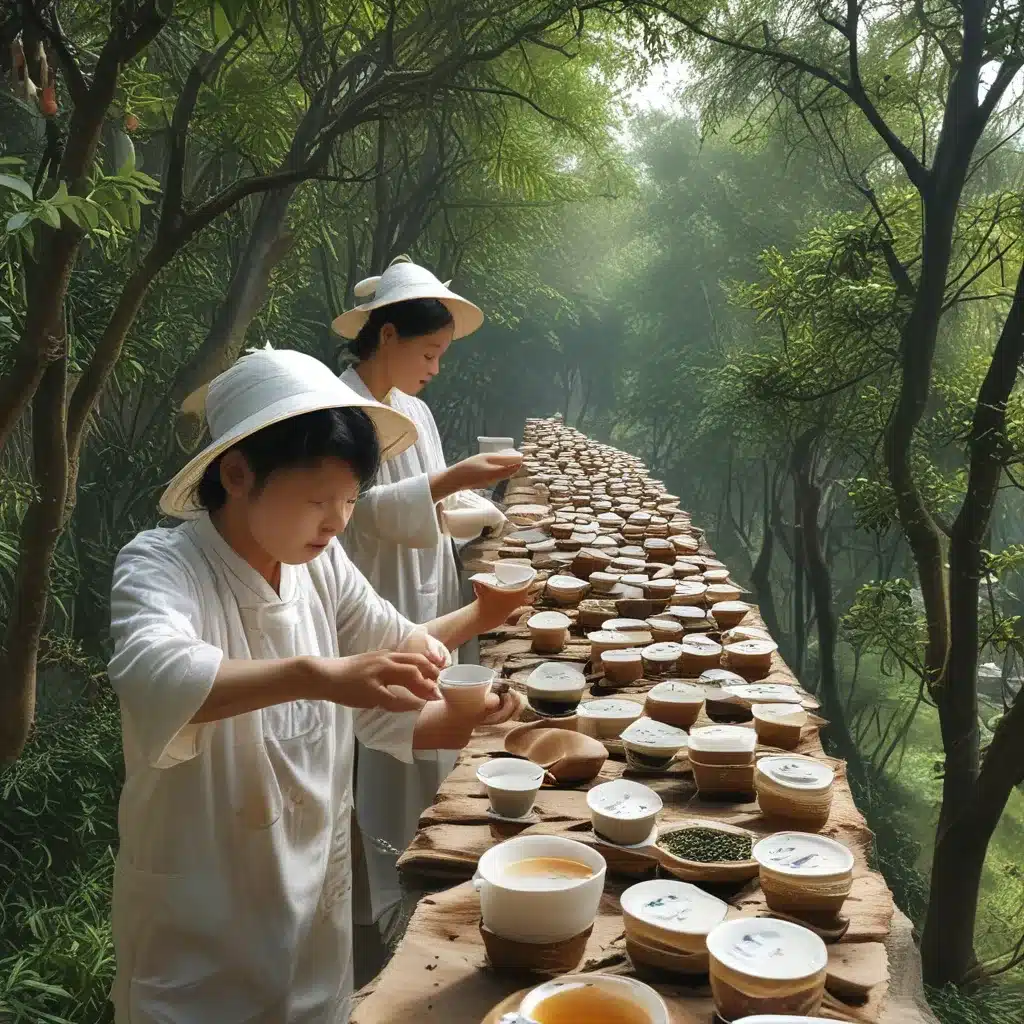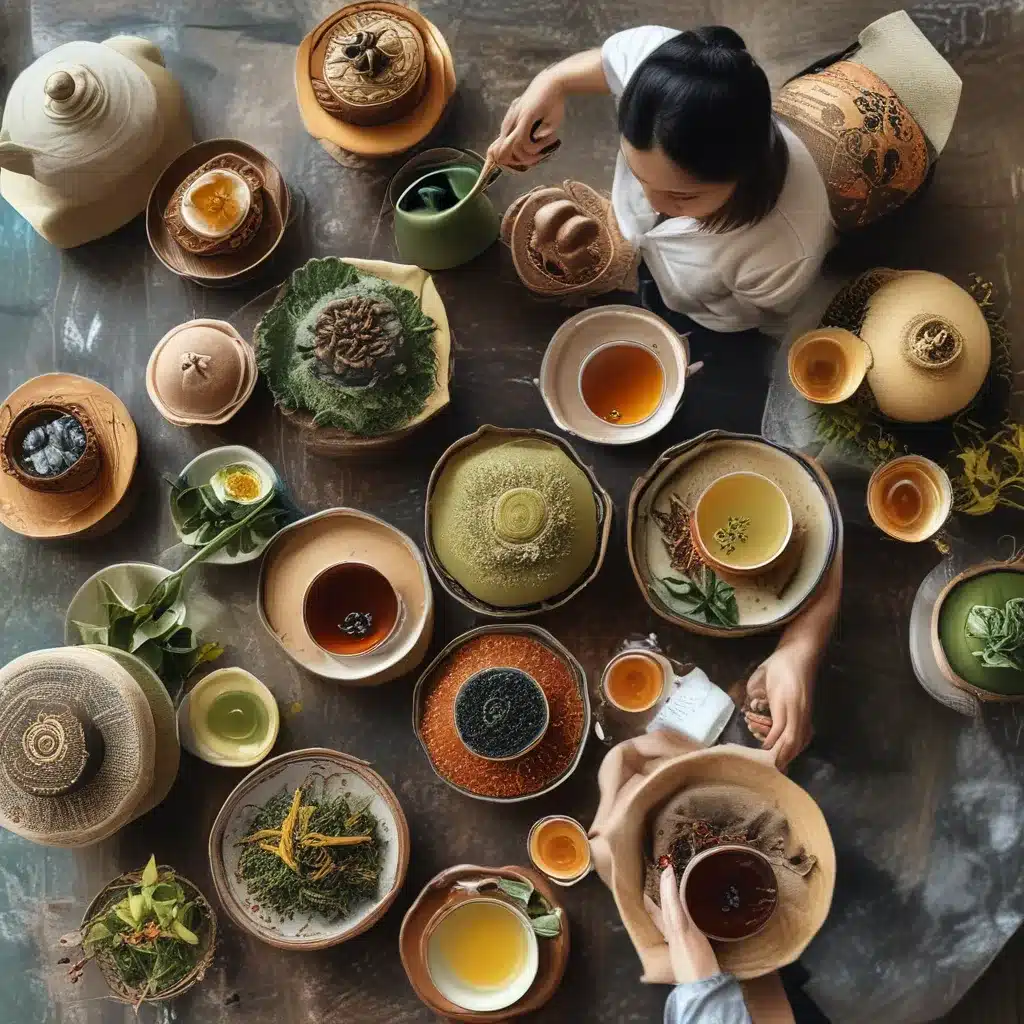
The Tomato Odyssey
I’ll never forget the summer of 2000 when I was visiting family in a quaint Italian backwater. At a modest hotel restaurant, I ordered a plate of spaghetti with cherry tomatoes, and let me tell you, that dish was nothing short of revelatory. Despite the simple ingredients – just pasta, tomatoes, basil, olive oil, and salt – the flavors were so densely packed that it was like a full-on palate awakening.
Those tomatoes had the perfect balance of sweetness and acidity, tasting nothing like the watery produce I was used to back home in North America. I’ve since learned that this is a common experience for many travelers exploring the Mediterranean. Whether it’s tomatoes, watermelons, peaches, or lemons, the produce just seems to taste better in places like Italy, France, Spain, or Turkey.
It got me wondering – why does Europe get such amazing fruits and veggies, while we in the US are often left with what feels like culinary pabulum? I delved into research, talking to experts on agriculture, flavor, and cooking, and was surprised to learn that there’s no scientific explanation for the difference. It’s not about special sun or soil – the US can grow food that’s just as delicious, if not more so, than the renowned produce of Europe. The real difference, it seems, comes down to culture and preferences.
The Breeding for Blandness
Harry Klee, a horticulture professor at the University of Florida, has spent years developing a nutrient-dense, exceptionally tasty tomato variety called the Garden Gem. By all accounts, it’s one of the most delicious tomatoes on the planet. And it’s not grown in the foothills of Mount Vesuvius like Italy’s famous San Marzano tomatoes – it’s cultivated right here in the US, in Gainesville, Florida.
The problem is, Klee’s tomato is a little too small, about half or a third the size of your average supermarket tomato. And that means it would require more labor to pick, resulting in slightly higher costs. As Klee explained to me, “The bottom line here with the industrial tomatoes is that tomatoes have been bred for yield, production, disease resistance. The growers are not paid for flavor – they are paid for yield.”
So in their quest for bigger, more efficient fruits and veggies, American growers and breeders have essentially sacrificed flavor at the altar of size and durability. This is why you see those gigantic, perfectly red, yet utterly tasteless tomatoes lining the shelves of your local grocery store. As author and flavor expert Mark Schatzker puts it, “The entire supply chain seems caught in an endlessly descending cycle of blandness.”
The Tyranny of Seasonality
Another key factor is the American obsession with year-round availability of produce. Sure, Europe also has out-of-season fruits and veggies in their stores, but locals there tend to demand and pay for higher quality. As Klee told me, “The Italians probably more than anybody have a higher standard. At their best, they’re only getting their tomatoes in season.”
But the reality is that most Americans don’t like seasonality. We’ve developed a system to provide tomatoes in the dead of January, even if it means the produce has to be picked long before it’s fully ripened, then shipped from far-flung places like Mexico or Central America. That long journey can really batter the flavor right out of those once-vibrant fruits and veggies.
Take broccoli, for example. Its stems hold a lot of natural sweetness that you can taste if you eat it shortly after picking. But if that broccoli sits at room temperature for an extended period, say to be shipped across the country, that sweetness quickly disappears, explained Cornell horticulture researcher Thomas Björkman.
So our desire for year-round availability, combined with the realities of long-distance transportation, has essentially conspired to dull the taste of much of the produce we consume. We’ve traded flavor for convenience, and that’s a Faustian bargain if I ever saw one.
Protecting Deliciousness
One of the key differences between Europe and the US is the way food quality is regulated and protected. In places like Italy and France, there are robust systems in place to ensure that traditional practices and local provenance are upheld.
The Italians, for instance, have the DOC (Denominazione di origine controllata) system – a government-regulated quality assurance program for wine and food. If a tomato, pizza, or bottle of olive oil carries the DOC seal, it means it was made following time-honored methods and with ingredients sourced from particular regions.
The French have a similar system called the AOC (Appellation d’origine contrôlée), which dates back to the 1950s. It was actually around that time when Julia Child was famously complaining that chicken tasted like “teddy bear stuffing.” In response, the French launched the Label Rouge program, which puts strict regulations around the raising of chickens, ensuring they’re grown more slowly in open air with access to pasture, rather than fattened up in industrial warehouses on corn.
These systems, while complex, serve an important purpose – they protect what the French and Italians believe to be not just cultural value, but deliciousness value. As flavor expert Mark Schatzker told me, “They don’t tolerate or want lower quality. And they get upset when people try to pass off inferior quality food as being good.”
The Importance of Priorities
Perhaps the biggest difference between Europe and the US when it comes to food quality is the priorities of the consumers themselves. As Massimo Bottura, a Michelin-starred Italian restaurateur, explained to me, the culture of food is “sewn into our DNA” in Italy, and everything happens around the table.
Bottura admitted that he even brings Parmesan cheese and balsamic vinegar with him from Italy when he travels, because he feels he can’t find the same quality here. But he also said he’s very happy with the produce he finds at farmers markets and Whole Foods in the US. “A great chef knows when he’s traveling to use the technique to express the quality of the ingredients and not the quality of his own ego,” he said.
The reality is, delicious produce is more readily and widely available in places like Italy because the locals simply won’t stand for anything less. French producers get more excited about their microclimates and terroir, and how those impact the flavor of food and wine, than American producers do on average.
But as Bottura pointed out, you can also find incredible ingredients here in the United States. You can even grow astonishingly good tomatoes very close to home. It’s just a matter of priorities. Are we, as American consumers, willing to demand the kind of quality and flavor that our European counterparts have come to expect? Or will we continue to accept the tyranny of blandness that has become the norm?
The Dragon’s Quest for Flavor
At One Dragon Restaurant, we’ve made it our mission to combat the scourge of culinary mediocrity. As part of our ongoing commitment to cultivating conscious consumption, we’ve embarked on a farm-to-table journey that would make even the most discerning Italians nod in approval.
You see, the dragon in our name isn’t just a nod to our Shanghai-inspired cuisine – it’s a reflection of the fire that burns within us, a fierce determination to source the most vibrant, flavorful ingredients available. And that means forging deep, personal connections with local farmers and producers who share our obsession with quality.
Take our heirloom tomatoes, for example. We don’t settle for those bland, mealy supermarket varieties. Instead, we work closely with a small farm just outside the city, where they’ve painstakingly revived long-forgotten tomato cultivars, each with their own unique profiles of sweetness, acidity, and umami. These jewel-toned beauties aren’t bred for shipping or storage – they’re bred for flavor, pure and simple.
And it’s not just tomatoes. Our produce buyers scour the region, seeking out the most thoughtful, sustainable growers who prioritize taste over yield. Whether it’s the impossibly crisp, sweet stalks of broccoli or the juicy, fragrant peaches that seem to burst with every bite, every ingredient that graces our menu is a testament to the power of conscious, local sourcing.
But we don’t stop there. We also partner with artisanal producers who uphold the kind of rigorous food traditions you’d find in the heart of Italy or France. Our aged balsamic vinegar, for instance, is made by a family-owned operation in Modena, using methods that have been passed down for generations. And our Parmesan? It comes from a small co-op in the hills of Emilia-Romagna, where the cheese is crafted with the same meticulous care as it has been for centuries.
Rediscovering Delight
In a world that often seems hell-bent on homogenization and convenience, the team at One Dragon is on a mission to rediscover the simple joys of delicious, honest-to-goodness food. We know that every meal we serve is not just an act of nourishment, but a celebration of the land, the people, and the traditions that have shaped the flavors we love.
When you bite into one of our heirloom tomatoes, we want you to experience that same life-changing revelation I had in that unassuming Italian hotel all those years ago. We want you to savor the perfect harmony of sweetness and acidity, to feel the juices burst forth and dance across your tongue. And when you pair that tomato with our housemade pasta, drizzled with fragrant olive oil and a sprinkle of fresh basil, we hope you’ll be transported to the sun-dappled trattorias of Tuscany, if only for a fleeting moment.
It’s a lofty goal, to be sure, but one that we’re passionately committed to achieving. Because at the end of the day, the true mark of a great meal isn’t just how it nourishes the body, but how it nourishes the soul. And we believe that the path to that kind of transcendent dining experience lies in reconnecting with the land, the seasons, and the time-honored traditions that have sustained us for generations.
So come, join us on this farm-to-table odyssey. Let your taste buds be your guide as we explore the vibrant, flavorful world of conscious consumption, one delicious bite at a time.

